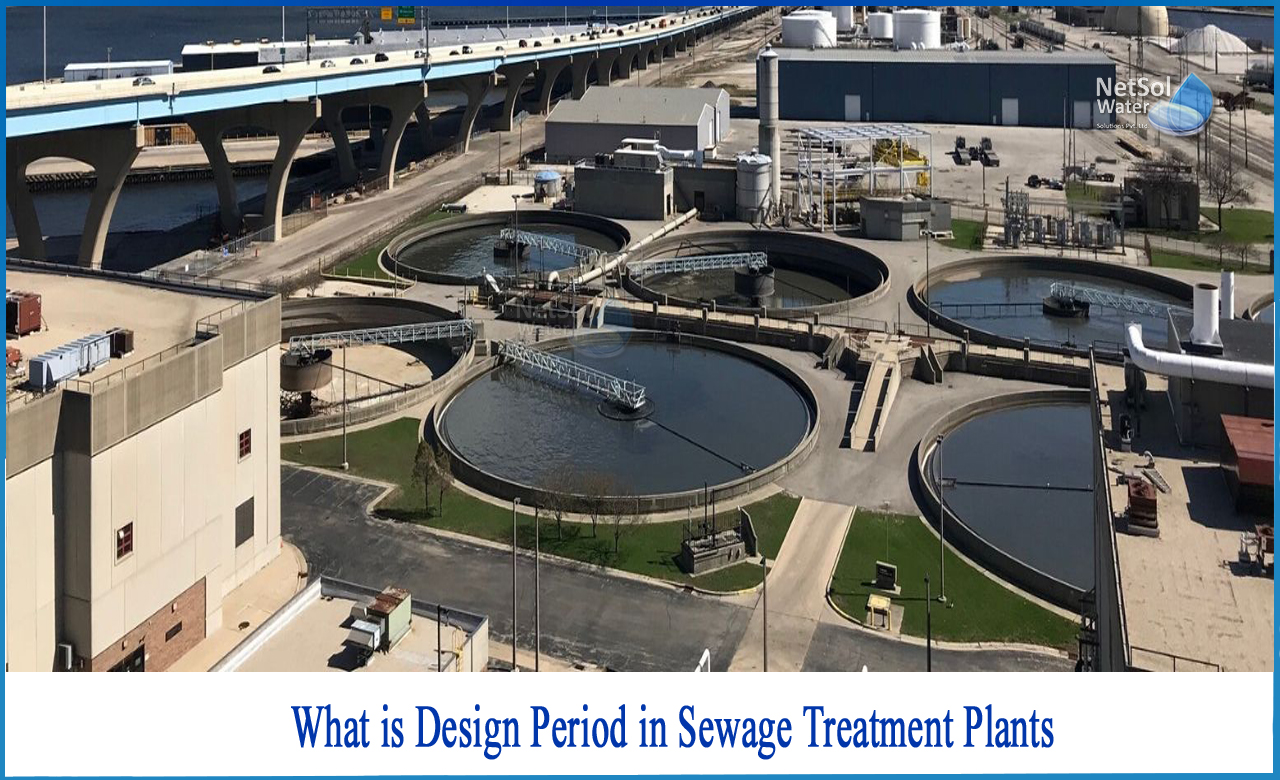What is Design period in STP?
In order to break down sewage, sewage treatment plants circulate air to boost bacterial development. The goal is to create cleaner, more environmentally friendly effluent. It functions similarly to a regular septic tank, but with a few key differences. Depending on its size, sewage treatment facilities may manage the waste of commercial buildings or a significant number of residential homes.
Design of STPs
Sewage treatment plant's general construction is similar to that of a septic tank!
Just like with a septic tank, sewage flows from the property being serviced into the first chamber of the sewage treatment plant. The water will stay there until all of the scum, grease, and oil has risen to the top of the tank and all of the solids have sunk to the bottom.
Once the process of separation has taken place, the liquid passes into a second chamber which is where sewage treatment plants vary from septic tanks. This chamber has air pump whichcirculates air around the chamber to encourage aerobic bacterial growth. This bacterium assists in the breakdown of contaminants in water, allowing it to be cleansed more effectively.
A sewage treatment plant's last step is a final settling tank. Before the effluent is released into a watercourse, this last tank permits any remaining solids to fall to the bottom of the tank.The wastewater can be released into the environment once the treatment procedure is done and the wastewater has been treated as fully as feasible.
Why must you build STP for your property?
Connecting to main sewers should be the first concern for anyone constructing a new property. They're usually the most cost-effective and dependable way to handle your wastewater. Getting a mains sewer hookup, on the other hand, isn't always doable. In certain cases, the distance from the nearest sewer or the land configuration prevents your property from being serviced by a mains sewer. Sewage treatment facilities and other solutions can help with this. The functioning of a sewage treatment plant allows it to be erected nearly anywhere, as long as there is an electrical connection.
Design Period in STPs
The planning horizon year is not the same as the design period. First phase of STP should be for roughly 10 years, however land of STP should be taken for 30 years’ time.
The table below shows the design duration for various sewerage system and sewage treatment components.
|
S. No |
Design Component |
Design Period |
Remarks |
|
1 |
Land Acquisition for STP, sewers, etc. |
30 Years |
Land acquisition in future difficult |
|
2 |
Sewer network (laterals, Trunk mains, Outfall etc.). |
30 Years |
Replacement difficult and costly |
|
3 |
Pumping mains. |
30 Years |
Cost may be economical |
|
4 |
Pumping Stations-Civil Work. |
30 Years |
|
|
5 |
Pumping Machinery. |
15 Years |
Life of pumping machinery is 15 years |
|
6 |
Sewage Treatment Plants. |
30 Years |
Because the real population is fewer than the planned population, the construction will be modular and staged, and beginning flows in Indian cities will be substantially lower owing to connection issues. |
|
7 |
Effluent disposal and utilization. |
30 Years |
Provision of design capacities in the initial stages itself is economical. |
What can we offer?
Netsol Water collaborates with a wide range of international organizations to tackle complicated wastewater problems by strategically integrating modern treatment technology with practical solutions.
Netsol Water is Greater Noida-based leading water & wastewater treatment plant manufacturer. We are industry's most demanding company based on client review and work quality. We are known as best commercial RO plant manufacturers, industrial RO plant manufacturer, sewage treatment plant manufacturer, Water Softener Plant Manufacturers and effluent treatment plant manufacturers. Apart from this 24x7 customer support is our USP. Call on +91-9650608473, or write us at enquiry@netsolwater.com for any support, inquiry or product-purchase related query.



